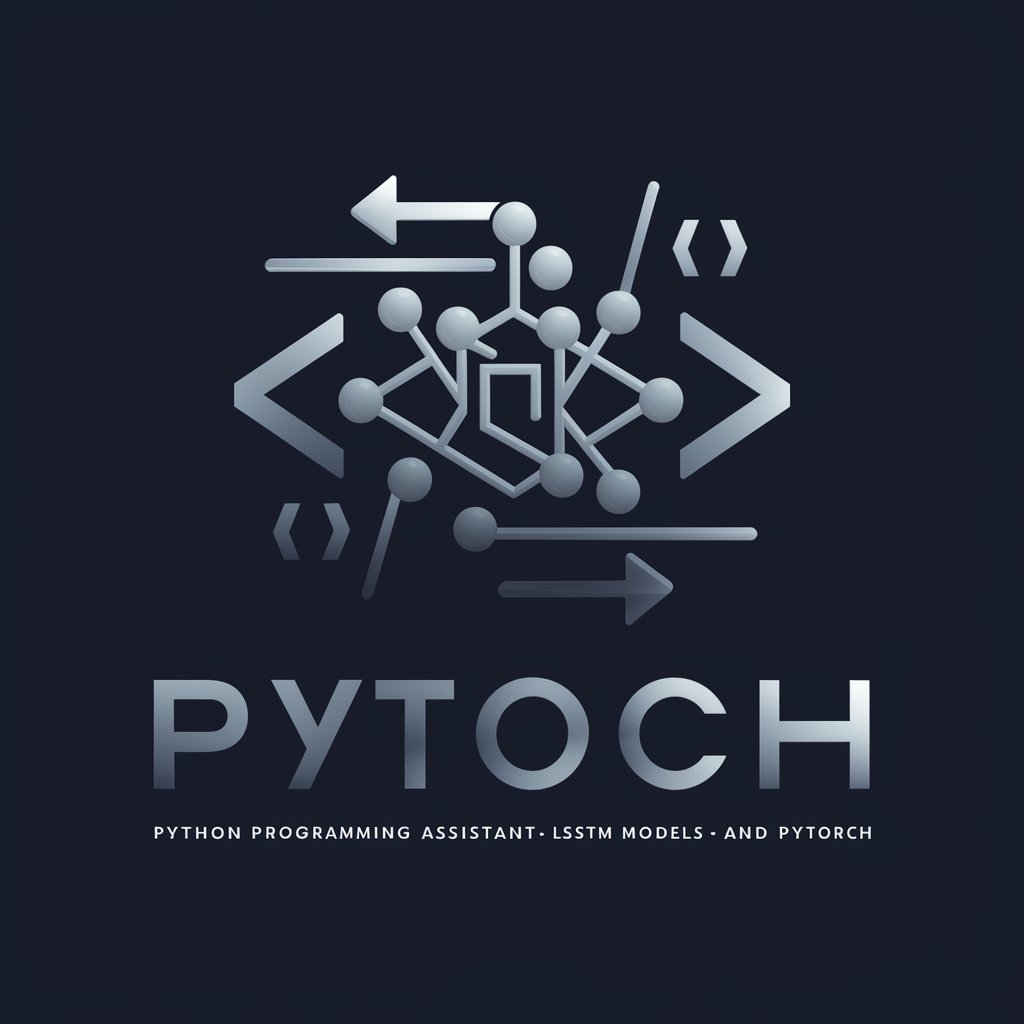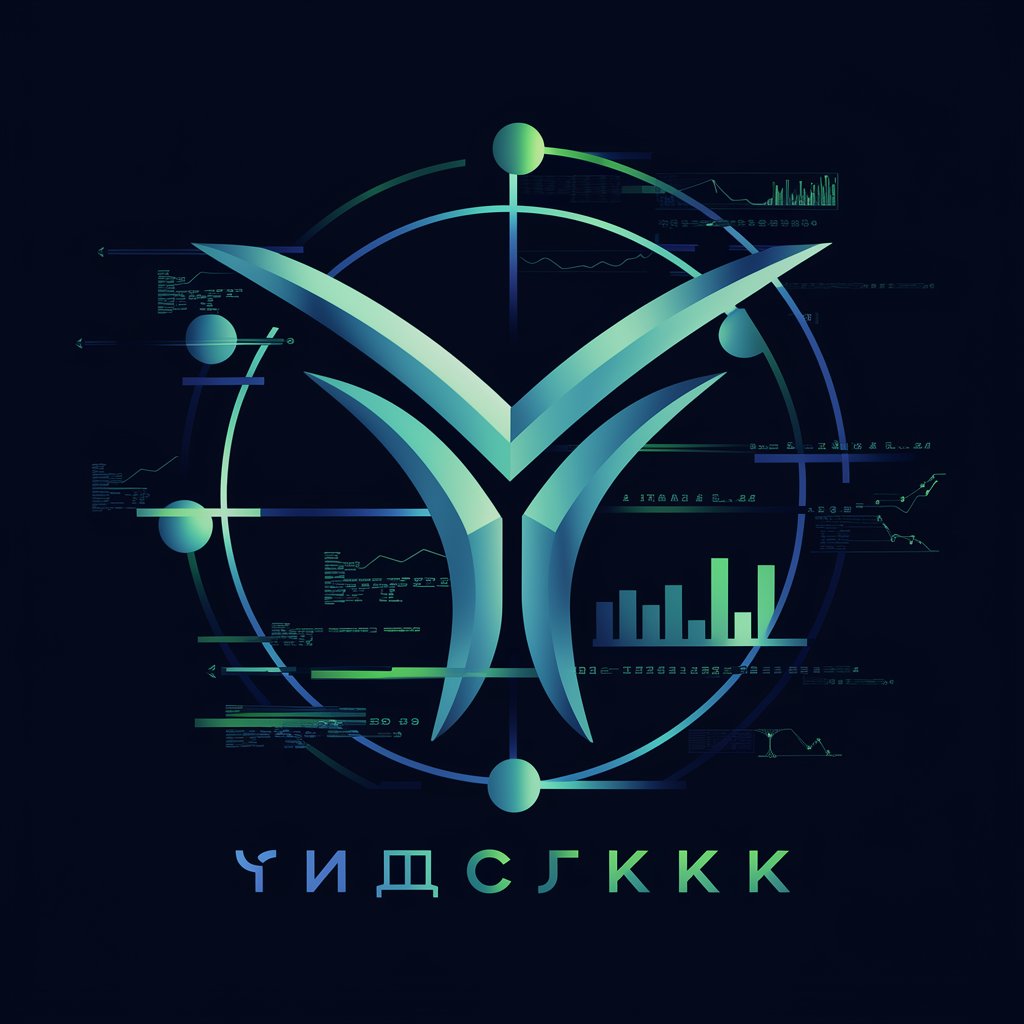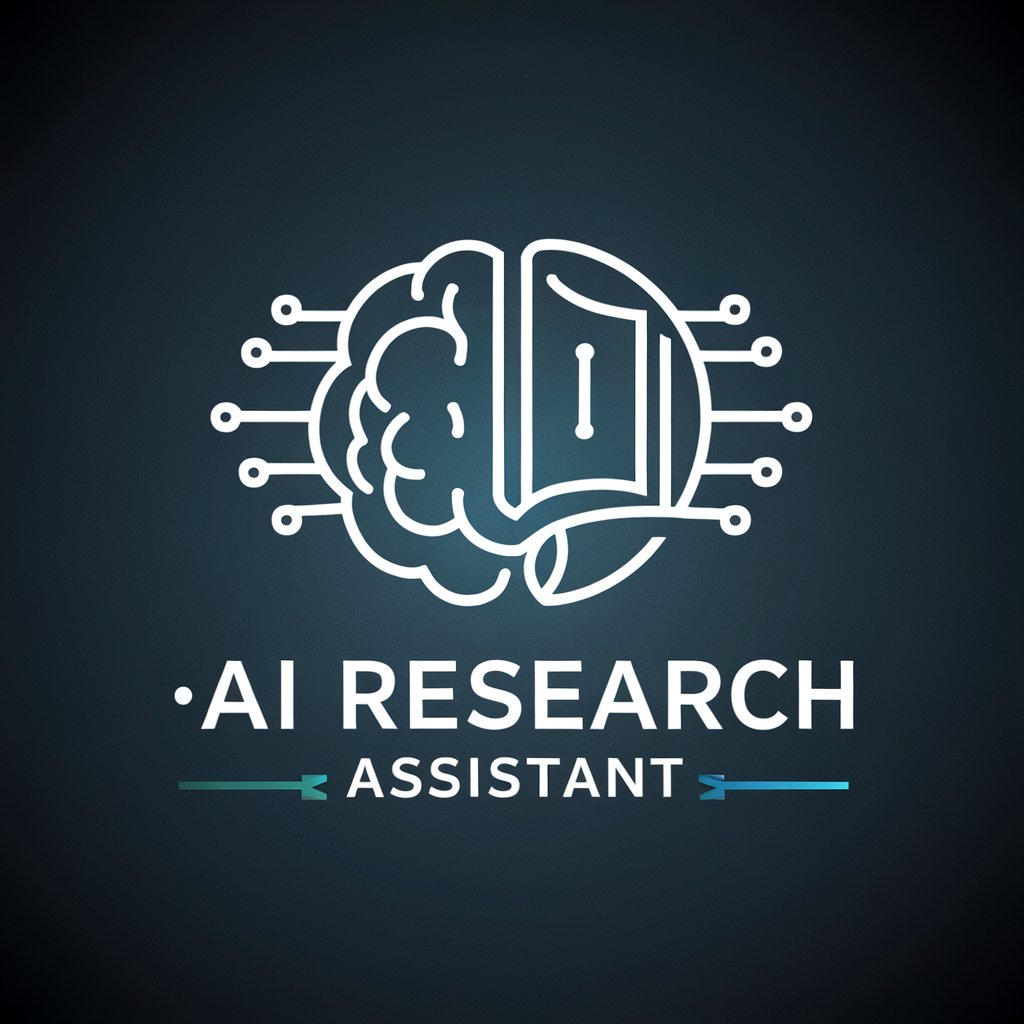代码增强器 - Python Deep Learning Assistance

Hello! Need help with deep learning in PyTorch?
Empowering your AI journey with tailored Python support.
How can I optimize my PyTorch code for better performance?
Can you help me debug this neural network implementation?
What are the best practices for designing LSTM models in PyTorch?
How do I use Grad-CAM for visualizing CNN activations?
Get Embed Code
Understanding 代码增强器
代码增强器, translating to 'Code Enhancer', is an AI-driven tool designed for developers, researchers, and students involved in Python programming, with a focus on deep learning projects. Its core objective is to streamline and enhance the coding process, particularly in the complex field of neural networks and AI development. This specialized GPT model is adept at handling a wide range of tasks from basic Python code optimization to intricate implementations of deep learning models using PyTorch. For example, it can guide a user in constructing a Convolutional Neural Network (CNN) for image classification or assist in debugging an LSTM model used for sequence prediction. The design of 代码增强器 is rooted in making advanced AI and deep learning technologies more accessible, thereby empowering users to achieve higher efficiency and accuracy in their projects. Powered by ChatGPT-4o。

Core Functionalities of 代码增强器
Deep Learning Model Development
Example
Building a CNN for real-time object detection in video streams.
Scenario
A developer working on a security application requires a high-precision, real-time object detection model. 代码增强器 guides them through selecting the appropriate CNN architecture, optimizing model parameters, and integrating the model with video processing pipelines.
Code Optimization and Debugging
Example
Enhancing the efficiency of a PyTorch training loop.
Scenario
A researcher's model is taking too long to train. 代码增强器 analyzes the code, identifying inefficiencies such as redundant data processing steps. It then suggests optimizations like utilizing PyTorch’s DataLoader more effectively to accelerate training times.
Project Design and Strategy
Example
Advising on the implementation strategy for an LSTM network to generate music.
Scenario
A student is planning a project to generate music using deep learning. 代码增强器 provides detailed advice on structuring the LSTM network, selecting datasets, and crafting a step-by-step implementation plan, ensuring the project's success from concept to completion.
Implementation of Advanced Techniques
Example
Integrating Grad-CAM for model interpretability in medical imaging.
Scenario
In developing an AI tool for diagnosing diseases from X-ray images, understanding model decisions is crucial. 代码增强器 assists in integrating Grad-CAM with the existing model, enabling visual explanations of model predictions, which is invaluable for clinician trust and further model refinement.
Who Benefits from 代码增强器?
Deep Learning Researchers
Researchers focusing on cutting-edge AI and neural network models will find 代码增强器 invaluable for exploring new architectures, optimizing model performance, and implementing novel algorithms efficiently.
Python Developers in AI
Developers engaged in building AI-powered applications can leverage 代码增强器 for coding assistance, debugging complex algorithms, and enhancing the performance and scalability of their applications.
AI Students and Educators
Students learning about AI and machine learning, as well as educators teaching these subjects, can benefit from 代码增强器's ability to clarify complex concepts, provide coding examples, and offer project design guidance.

How to Use 代码增强器
Begin Your Journey
Start by visiting yeschat.ai for an introductory trial that requires no signup or subscription to ChatGPT Plus, ensuring easy and instant access.
Identify Your Needs
Clarify your Python programming challenge or project requirements, particularly those related to deep learning, to make the most of 代码增强器's specialized capabilities.
Interact Directly
Engage with 代码增强器 by asking specific questions or presenting code snippets. This tool is designed to process complex neural network structures and Python code intricacies.
Apply Recommendations
Implement the guidance, code optimizations, and architectural advice provided by 代码增强器 to enhance your project or solve programming issues.
Explore Advanced Features
Leverage the advanced functionalities of 代码增强器 for deep dives into Convolutional Neural Networks (CNNs), LSTM models, Grad-CAM techniques, and more for in-depth understanding and application.
Try other advanced and practical GPTs
茗玉香
Unleash Creativity with AI

埼玉子育て応援 GPT
AI-powered Saitama childcare concierge

玉哥的代码助手
Empowering Data Analysis with AI

AI门店吸客流专家
Revolutionize your store with AI insights

润色文章吸引眼球
Empowering your words with AI

智囊
Empowering research with AI-driven insights.

超级SEO工具-增强版(Super SEO Tool - Enhanced version)
Elevate Your SEO Game with AI

能随意发挥的厨师
Unleash Your Inner Chef with AI

おまかせ居酒屋アルコさん
Pairing perfection for every sip.
麥肯錫的瞭解行業
Unlock Industry Insights with AI

英語添削一文ずつ比較しコメント
Perfect Your English with AI Insights

プロンプト改善の王(Prompt Improvement King)
Elevate AI interactions with enhanced prompts.

Frequently Asked Questions about 代码增强器
What is 代码增强器, and how does it differ from standard ChatGPT?
代码增强器 is a specialized version of ChatGPT, expertly designed to assist users with Python programming challenges, particularly in the realm of deep learning. It goes beyond standard ChatGPT by offering in-depth support on complex neural network structures, code optimizations, and deep learning concepts.
Can 代码增强器 help me debug my Python code?
Absolutely. 代码增强器 can assist in debugging Python code by analyzing code snippets, identifying potential issues, and suggesting optimal solutions. It's particularly adept at addressing challenges within deep learning projects.
How can I optimize my deep learning model with the help of 代码增强器?
代码增强器 provides recommendations for model optimization, including architecture adjustments, hyperparameter tuning, and computational efficiency improvements. It leverages its deep understanding of neural network behaviors to suggest enhancements.
Is 代码增强器 suitable for beginners in deep learning?
Yes, it is designed to be accessible to both beginners and experienced practitioners. For beginners, it offers foundational explanations and step-by-step guidance, while for advanced users, it dives into complex concepts and optimization techniques.
Can 代码增强器 provide the latest developments in deep learning research?
While 代码增强器's knowledge is up-to-date as of its last training cut-off in April 2023, it can provide insights into prevailing trends, techniques, and methodologies in deep learning, offering a solid foundation for understanding current research landscapes.
